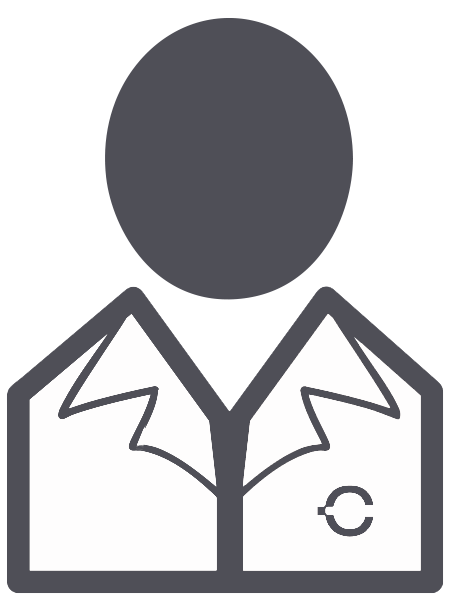abstract
A series of Eucalyptus globulus kraft pulps was cooked under the same conditions (160 degrees C, 2 h) using different active alkali (AA) charges of 13%, 15%, 17% and 18%. All pulps were further oxygen delignified (100 degrees C, 1 h) and bleached using the elemental chlorine free (ECF) and the totally chlorine free (TCF) sequences. The obtained bleached pulps were dry-defibrated on a pilot scale hammermill at different intensities (rpm) and analysed for knot content, absorption capacity and air-laid fibre network strength. These fluff pulp parameters were related to the chemical composition of pulps, fibre morphology and the physical structure of the cellulose assessed by solid-state C-13 nuclear magnetic resonance spectroscopy (C-13 NMR). Being dry-defibrated, pulps cooked at an increased AA revealed a reduction of the knots and the ECF pulps showed better defibration ability than TCF pulps. It was concluded that absorption capacity of the fluff pulps is the result of multiple occurring factors, such as the knot content, fibre ' s hydrophilicity and morphology and the water retention capacity of the fibre web, whose contributions are not always unambiguous. This explains the non-evident dependence of the absorption capacity of fluff pulps on cooking and bleaching conditions. At the same time, the fibre network strength was sensitive to the conditions of pulping and bleaching and always increased with the increase in cooking AA. The network strength of TCF fluff pulps was 20-70% greater than that of ECF fluff pulps.
subject category
Materials Science, Paper & Wood; Materials Science, Textiles; Polymer Science
authors
Rebola, SM; Azevedo, CA; Evtuguin, DV
our authors
Projects
CICECO - Aveiro Institute of Materials (UIDB/50011/2020)
acknowledgements
This work was developed within the scope of the project SPECPULP POCI-01-0247-FEDER-38476 (ref. AAC No. 01/SI/2018) financed by the Incentive System for Research and Technological Development-Compete2020 and co-financed by FEDER under the PT2020 Partnership Agreement. This study was also performed within the scope of the project CICECO-Aveiro Institute of Materials, UIDB/50011/2020 & UIDP/50011/2020, financed by national funds through the Portuguese Foundation for Science and Technology/MCTES. The NMR spectrometers used in this work are part of the National NMR Network (PTNMR) and are partially supported by Infrastructure Project No 022161 (co-financed by FEDER through COMPETE 2020, POCI and PORL and by FCT through PIDDAC).



